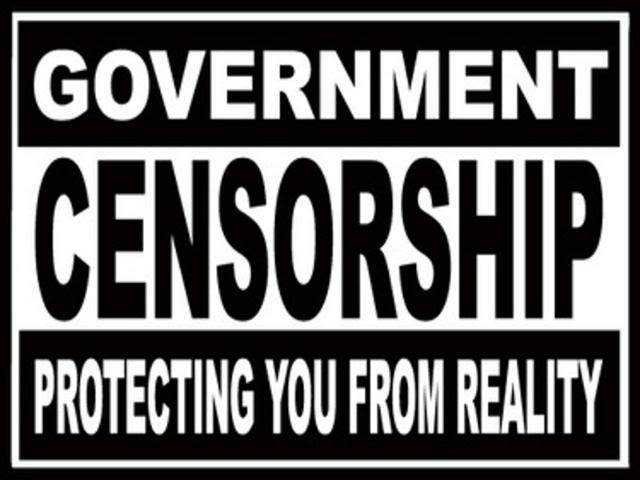In the post-Snowden era, everyone is talking about the extent of Internet tracking - however, Don Morrison, of the Norwegian Institute of Science and Technology of Trondheim, opts for a different "way" for countermeasures by developing a method to monitor censorship on the Internet, and in particular on services such as Twitter and Chinese Weibo.
According to a New Scientist report, Morrison created a virtual social network – simulation, in which two users θεωρούνται «συνδεδεμένοι» εφόσον ένα από τα posts τους εμφανίζεται στο timeline του άλλου. Το «μοτίβο» των συνδέσεων μεταξύ των χρηστών παρέχει με αυτόν τον τρόπο τα «μεταδεδομένα» (metadata) που χρησιμοποιούνται για την ανάλυση της δικτυακής συμπεριφοράς.
Most social networks αποτελούνται από συμπλέγματα «κοινοτήτων», οι δεσμοί μεταξύ των οποίων δημιουργούν χαρακτηριστικές δομές. Όταν ο Μόρισον εξομοίωσε τη δραστηριότητα κυβερνητικών λογοκριτών, που έσβηναν τουλάχιστον το 10% των δημοσιεύσεων, το «σχήμα» αυτών των δομών άλλαζε σημαντικά, υποδεικνύοντας ένα «παραμορφωμένο» και λιγότερο καλά συνδεδεμένο δίκτυο. Αυτό φαινόταν περισσότερο σε περιπτώσεις που «στοχεύονταν» δημοφιλείς publications which had been reproduced (via retweets, for example).
Morrison's system was able to "sense" with 85% accuracy when large-scale censorship was taking place. It was also possible to program the system so that, by detecting changes in the "shape" of the network, it would be possible to send informations/ setting off an alert for activists and protesters so they know when authorities are cracking down on their posts.
Morrison envisions an automatic online censorship detector: "What is the" weather forecast "in terms of censorship on these networks today? I can imagine putting pressure on governments to curb censorship, "he notes.
His work will be presented at the International Workshop on Data Mining in Social Networks in Ταϊβάν in May.






